|
Photo Courtesy of Ben Wobker Today marks our first day at Metier. Folks often ask me, "What is Metier?" Todd Hargrove summed it up best by stating, "It's like the lower east side of Manhattan meets REI." Add to that equation exceptional cycling, food, performance coaching, physiologic testing, group classes, and in house rehab services, and you will have a match. If you are ever in Seattle, please drop by for a coffee. In typical fashion, it would only be appropriate if I shared a couple exercise videos to celebrate the occasion.
If there is one thing that I've learned when it comes to helping injured runners overcome pain and/or injury, it's that tips and tricks simply DO NOT work. If you really want to tackle the problem, and help injured runners return to healthy running, it's essential to take the time to understand the relative contribution of potential impairments or drivers to their problem. Every runner will have different needs, which can only be determined by collecting a comprehensive intake and thorough evaluation. Several of the factors that I consider when performing a consultation with an injured runner are as follows...
When it comes to running related injuries (RRIs), the frontal plane receives considerable attention, especially among recreational female distance runners. A good chunk of research over the past several years has particularly focused on peak hip adduction and contralateral pelvic drop (CPD) during the stance phase of running. So, I thought it would be helpful to share a group of exercises that I routinely use to challenge runners in the frontal plane. My primary goal in prescribing these exercises is to simply challenge runners outside of the sagittal plane while building capacity and exposing them to more variable loads. It should also be mentioned that these exercises are used in combination with other interventions such as mirror gait training and step rate manipulation to address impairments related to the frontal plane. At day's end, we must never forget that running is a tri-planar activity!
appropriately fit and free of defects. So, find a pair of shoes that feel comfortable, and don't get caught up in the hype of the purported benefits of various shoe features. As I always remind runners, treat buying shoes similar to shopping for jeans. First, check to see if the right size (length and width) is in stock. From there, it's only natural to try on a few different pairs to see what feels best. Perhaps you walk (or run) around the store a bit to see how they fit/wear. Inspecting the jeans for possible holes or sloppy stitching would also be indicated to ensure that you don't walk out with a lemon. In contrast to shopping for jeans, however, don't be so concerned with how the shoes look. This is where runners often get into trouble :-)
Below is a list of reminders that I put together and send out to my clients as postcards. Thought you may find them helpful...
I also wanted to share this video by Dr. Kevin Maggs, D.C., who did an excellent job highlighting key research while challenging several routine practices related to prescribing and selecting footwear for running. Enjoy!
|
OUR LATEST
E-BOOK for RUNNERS MIKE REINOLD & ERIC CRESSEY'S FUNCTIONAL STABILITY PART 4
Archives
January 2018
Categories
All
|


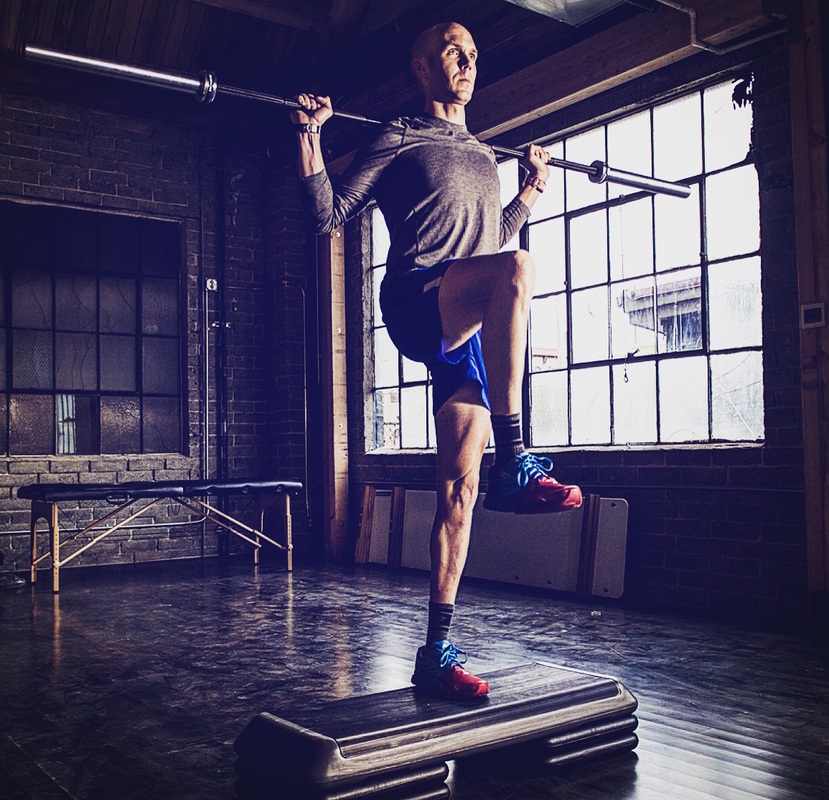

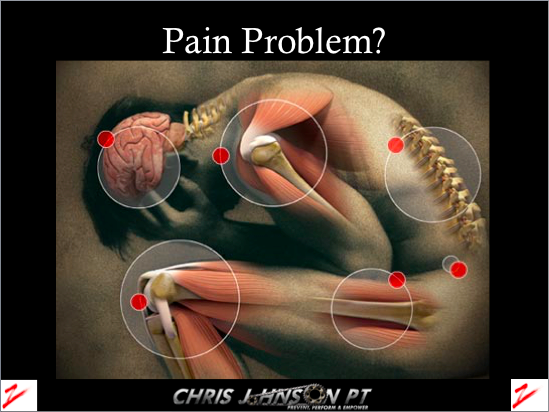








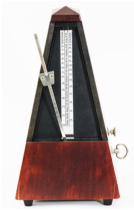

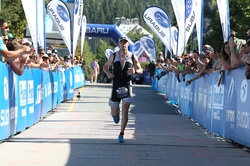







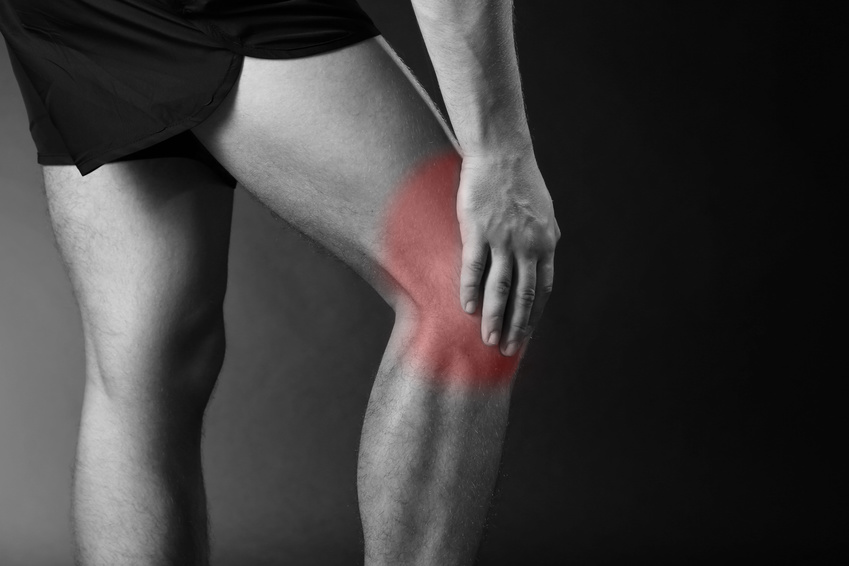

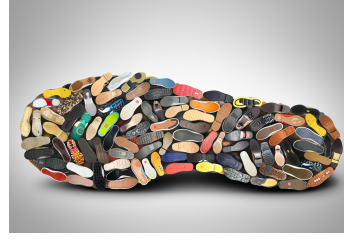

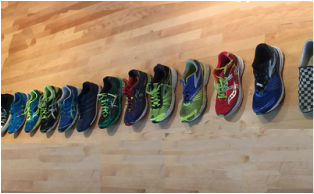
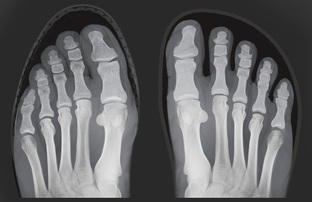
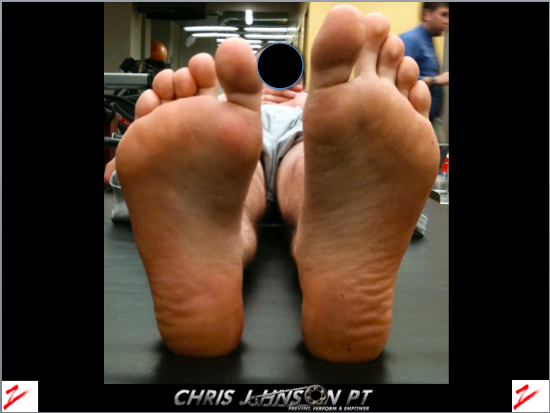

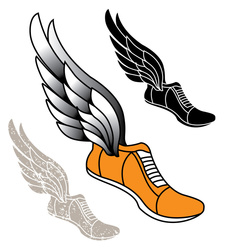
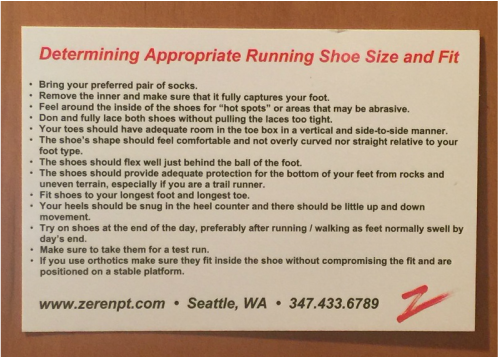



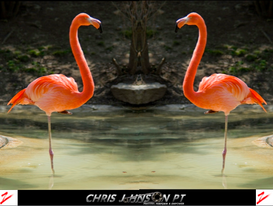




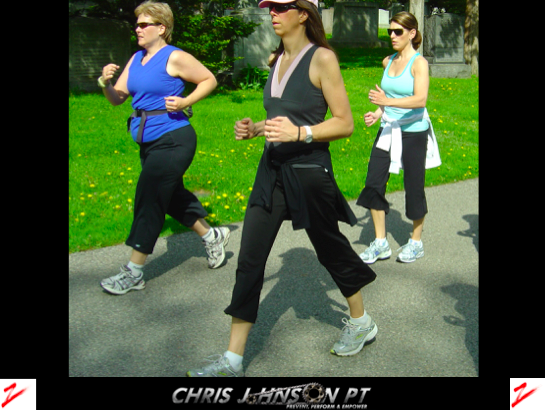

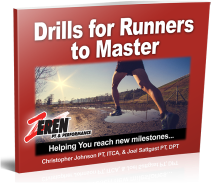
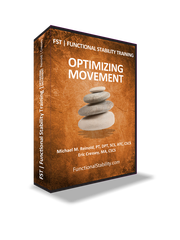
 RSS Feed
RSS Feed